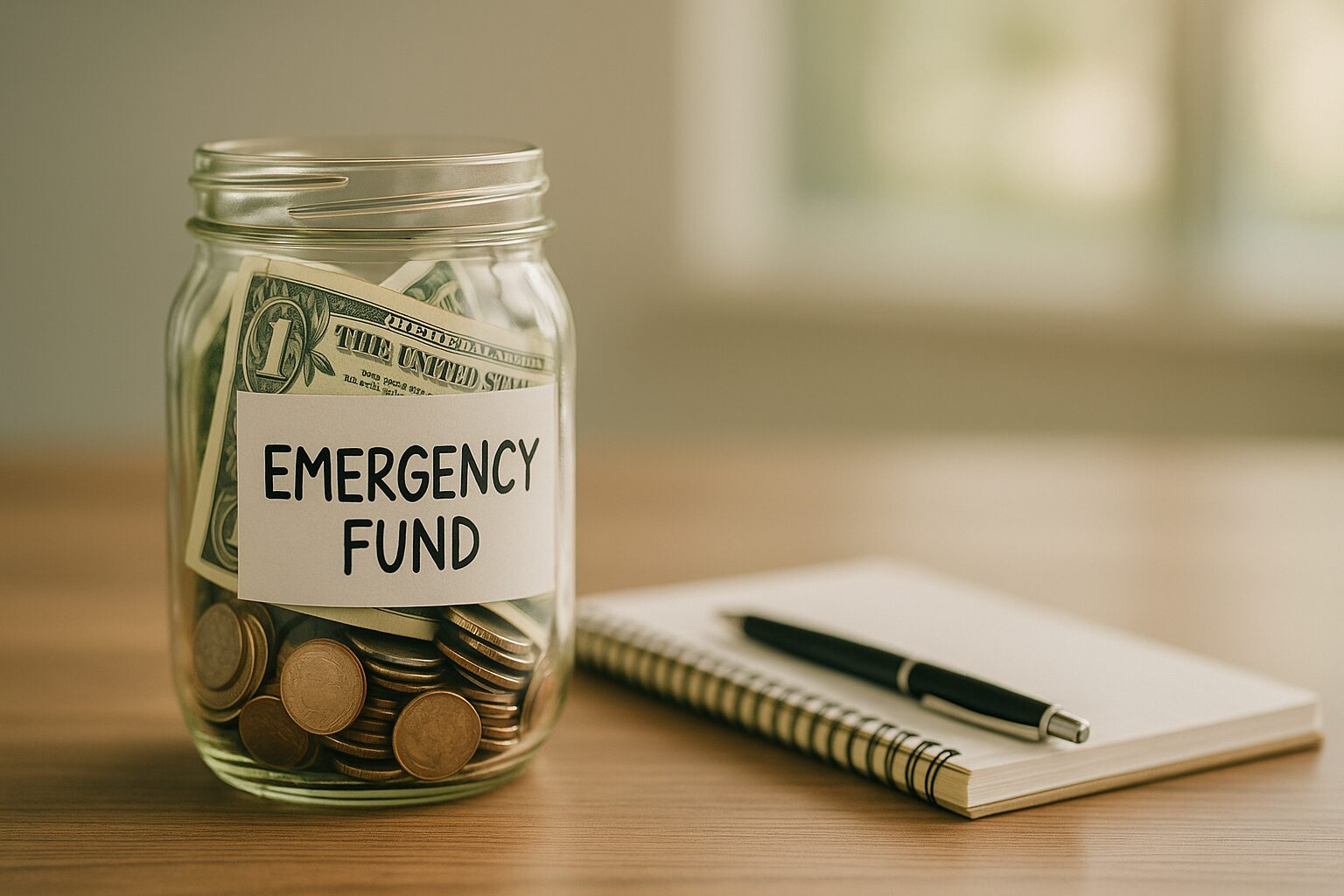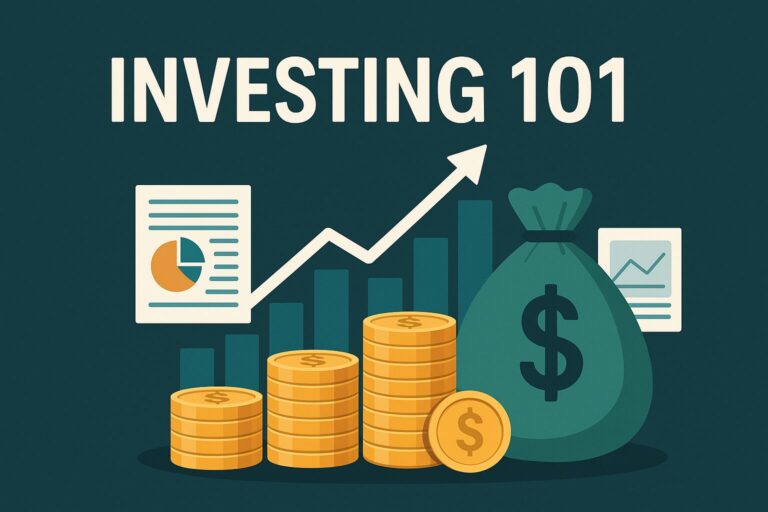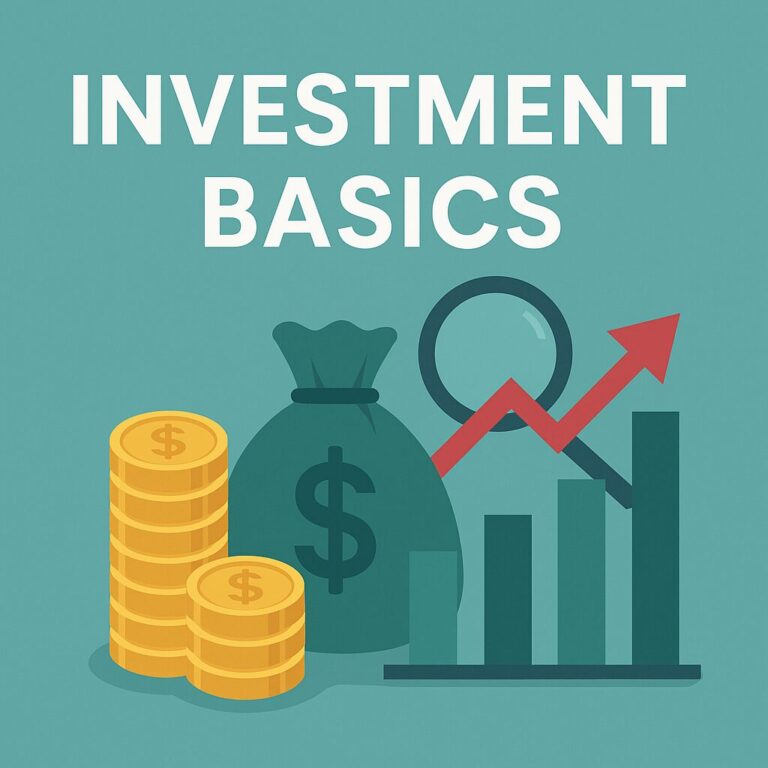How to Build an Emergency Fund (Step-by-Step Guide)
Life happens. One week your car is fine, the next week the transmission fails. A medical bill shows up in the mail, or you get a call from work about layoffs. Most people scramble when the unexpected strikes — and if you don’t have savings, it can wreck your finances.
That’s where an emergency fund comes in. It’s not just a financial tool, it’s peace of mind. An emergency fund is the foundation of stability, protecting you from going into debt when life throws you a curveball.
What is an Emergency Fund?
An emergency fund is money you’ve set aside specifically for unexpected, urgent expenses. It’s not for vacations, gadgets, or “I feel like splurging.” It’s for the things you can’t predict:
- Job loss
- Medical bills
- Home or car repairs
- Family emergencies
Think of it as your personal insurance policy — except instead of paying premiums to a company, you’re paying yourself to prepare for life’s “what ifs.”
Why You Need One
Here’s the harsh reality: surveys consistently show that most Americans couldn’t cover a $1,000 emergency without borrowing. That means a single hospital bill, car repair, or busted water heater could force someone into credit card debt or payday loans.
Without an emergency fund, your only fallback is debt — often at high interest rates that spiral quickly. But with even a small fund in place, you can:
- Handle emergencies calmly (no panic when the bill comes).
- Avoid new debt (no swiping the credit card for every crisis).
- Sleep better knowing you’re prepared.
If you want to dive deeper into how people view money, uncertainty, and risk, Morgan Housel’s The Psychology of Money (affiliate link) is a must-read. It shows why preparing for the unexpected isn’t just smart — it’s essential.
How Much Should You Save?
There’s no one-size-fits-all number, but here’s a simple tiered approach:
- Starter Fund: $500–$1,000
- Covers smaller emergencies like a flat tire, a doctor’s visit, or a broken appliance.
- A great first goal if you’re paying off debt.
- Intermediate Fund: 1–3 months of expenses
- Enough to cushion against a job loss or medical leave.
- Ideal once your starter fund is in place and you’re tackling bigger financial goals.
- Full Fund: 3–6 months of expenses
- Provides a true safety net for families or anyone with variable income.
- Freelancers or self-employed may want closer to 6–12 months since income is less predictable.
Example Scenarios:
- A single renter with low expenses may only need 3 months.
- A family with kids and a mortgage should aim for 6 months or more.
- A freelancer whose income fluctuates should shoot for the higher end.
For a bigger-picture perspective on aligning money with your values and life choices, check out Vicki Robin’s classic Your Money or Your Life (affiliate link). It’s a great companion when deciding how much of a cushion you need.
Where to Keep Your Emergency Fund
The key is liquidity (easy access) and safety (not losing money to volatility). Best options:
- High-Yield Savings Account (HYSA): Pays better interest than regular savings, while keeping your money safe and accessible.
- Money Market Account: Similar to HYSA, sometimes with higher yields and check-writing privileges.
- Certificates of Deposit (CDs): Only for a portion of the fund if you don’t need instant access.
What not to use:
- Stocks or crypto (too volatile).
- Retirement accounts (tax penalties and restrictions).
How to Build One
Building an emergency fund doesn’t require a huge windfall. Here’s a step-by-step plan:
- Start Small
- Begin with $25–$50 per week. Small, consistent deposits add up faster than you think.
- Automate It
- Set up automatic transfers into your savings. If you never see the money in checking, you won’t spend it.
- Use Windfalls
- Tax refunds, bonuses, and side hustle money can give your fund a big boost.
- Cut Temporary Expenses
- Cancel a streaming service or eat out less for a month, and put the savings into your emergency fund.
Even if progress feels slow, remember: every $100 saved is $100 you won’t need to borrow later.
Staying Disciplined
The hardest part isn’t building an emergency fund — it’s not touching it.
Ask yourself: Is this a want, or a true emergency?
- Flat tire → Yes.
- Broken furnace in winter → Yes.
- Sale on a new phone → No.
Pro Tip: Keep your emergency fund in a separate savings account, not your everyday checking. That extra step helps you resist dipping into it for non-emergencies.
If you struggle with consistency, James Clear’s Atomic Habits (affiliate link) is a powerful tool for building habits that stick. Saving isn’t just about money — it’s about discipline, and habits are the backbone of discipline.
Emergency Fund vs. Other Goals
Where does the emergency fund fit into your bigger plan?
- If you have no savings, build a $500–$1,000 starter fund before aggressively paying off debt.
- After that, focus on debt payoff (Snowball vs. Avalanche).
- Once debt is under control, scale up your emergency fund to 3–6 months.
Your mindset matters too — see Why Your Money Mindset Matters for how beliefs influence your ability to stick with this plan.
Reader Challenge
- Calculate your 3-month expense number. (Rent/mortgage + utilities + food + transportation + insurance).
- Open a separate savings account.
- Set up your first auto-transfer today — even if it’s just $20.
Taking the first step matters more than waiting until you “can afford it.”
Final Thoughts
An emergency fund is the financial safety net that keeps life’s surprises from becoming financial disasters. Without one, every unexpected bill can throw you deeper into debt. With one, you face challenges from a place of control.
Start small, automate the process, and watch it grow. Whether it’s $500 or 6 months of expenses, every dollar saved is a layer of protection for your future.
Your future self will thank you the next time life throws you a curveball.
To explore this concept further, visit our main assets page.
Related Reading:



